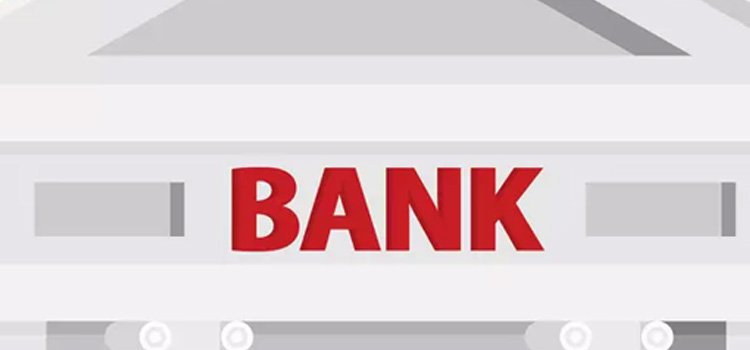ECONOMY
Second wave of COVID-19 and consequent lockdowns pose a big risk to economic revival.
- Amit Brahmabhatt
- Mar 27, 2021

A
second wave of COVID-19 cases is rapidly sweeping across the country. India is
witnessing a daily spurt of over 50,000 Coronavirus cases, even as the country
observed the first anniversary of the pandemic-triggered lockdown last month. Maharashtra
continues to lead the surge of the viral outbreak, while Punjab, Kerala,
Karnataka, Chhattisgarh, Gujarat and Madhya Pradesh have emerged as other
worrying hot spots.
Rising
number of COVID-19 infections has sent authorities in a few States in overdrive
to contain the spread of the deadly virus. Partial restrictions and lockdowns also
been announced in some districts and cities of Maharashtra. There are concerns
that many other States could follow suit and impose localised lockdowns of a
week or two. If cases continue to rise in coming weeks, the localised,
short-term lockdowns could extend across States and for a longer period of
time.
A
story of hope and despair is unfolding as they take turns to outdo each other
across many sectors of the economy. Just as a set of macroeconomic numbers
point to a recovery in a particular month, there is another set of data
spreading the gloom of a downturn the very next month. Such a see-saw of data
related to exports, imports, sale of automobiles and other consumer products
and factory output shows that the domestic economy is still not out of the
woods.
Besides,
high jobless rate, coupled with wage and salary cuts across sectors, has badly
dented consumer confidence and battered the sale of goods and services across
segments. Moreover, the weak banking sector and plunging private sector
investment have further weakened the fragile economic recovery.
It
is against this backdrop that the second wave of the viral pandemic projects an
alarming scenario. However, the reality is not as grim as it is made out to be.
First of all, the second surge of March 2021 is, in fact, a pale shadow of the
viral outbreak of March 2020. A year ago, Coronavirus was an unknown enigma,
which had created fear in India after having wreaked havoc across Europe and
America. A year later, India has been fortunate to have limited the spread of
the virus, to have achieved better recovery rate and to have witnessed a
minuscule death rate.
Besides,
there is a potent weapon of vaccines available across the world, including
India. India has vaccinated almost 2.3 per cent of its population. Considering
the pace at which the country is vaccinating its citizens, analysts estimate
that 30 per cent of Indian population is likely to be inoculated by the end of
this year.
Another
silver lining is that even as COVID-19 cases multiply across the country at an
alarming rate, the death rate is negligible. Medical experts note that the new
strain of the virus may be spreading infection rapidly, but it is a harmless
strain, leading to quicker recovery and lower number of death.
This
silver lining should become the guiding force of the authorities across the
country. The governments – both Central and State – should desist from sending
out alarming messages. They should also stay away from taking drastic steps
like lockdowns, even as they should advocate pandemic-appropriate behaviour,
such as wearing mask, sanitisation and maintaining physical distancing. But any
overdrive beyond these measures into lockdowns and other strict curbs could end
up emasculating the fragile economic recovery.





















Report By
View Reporter News